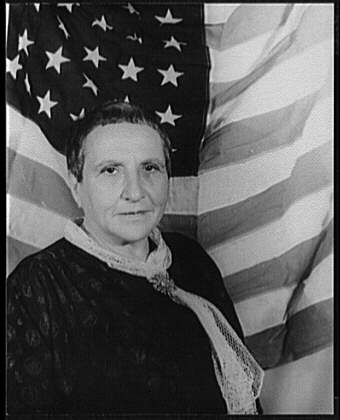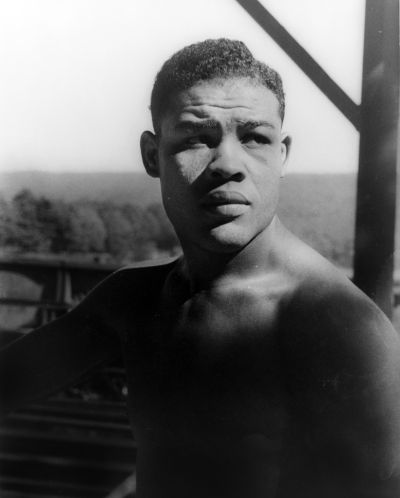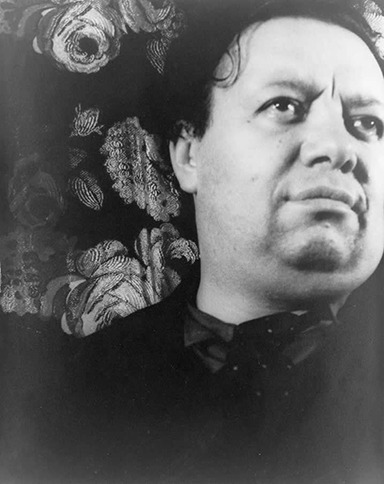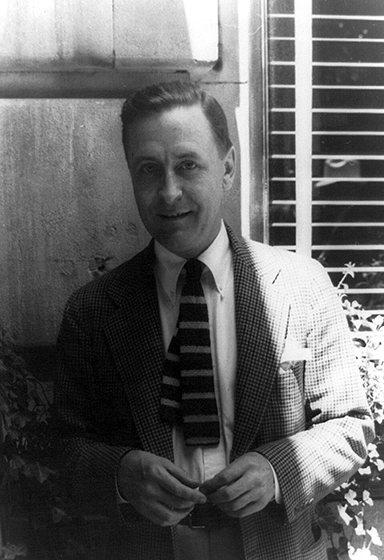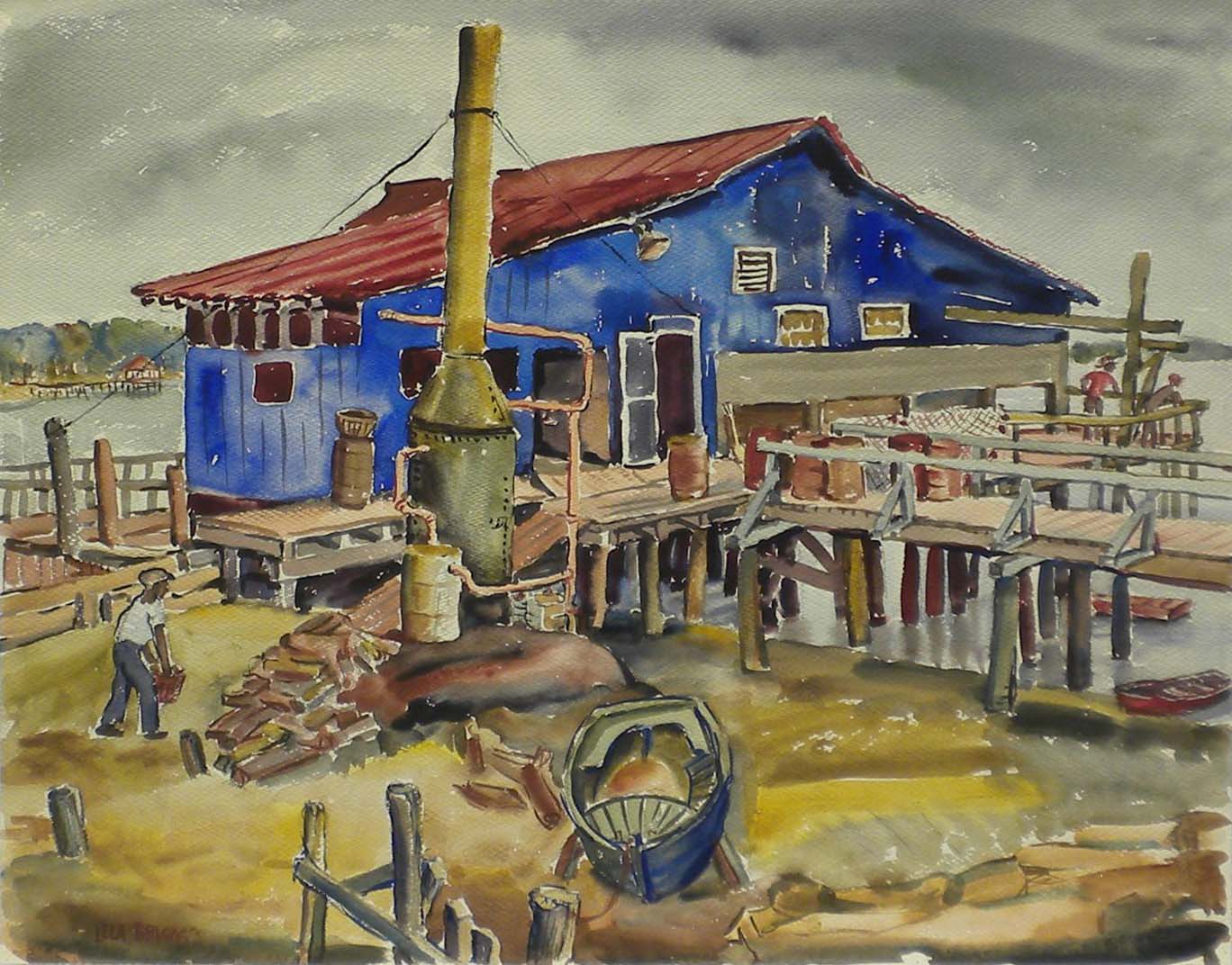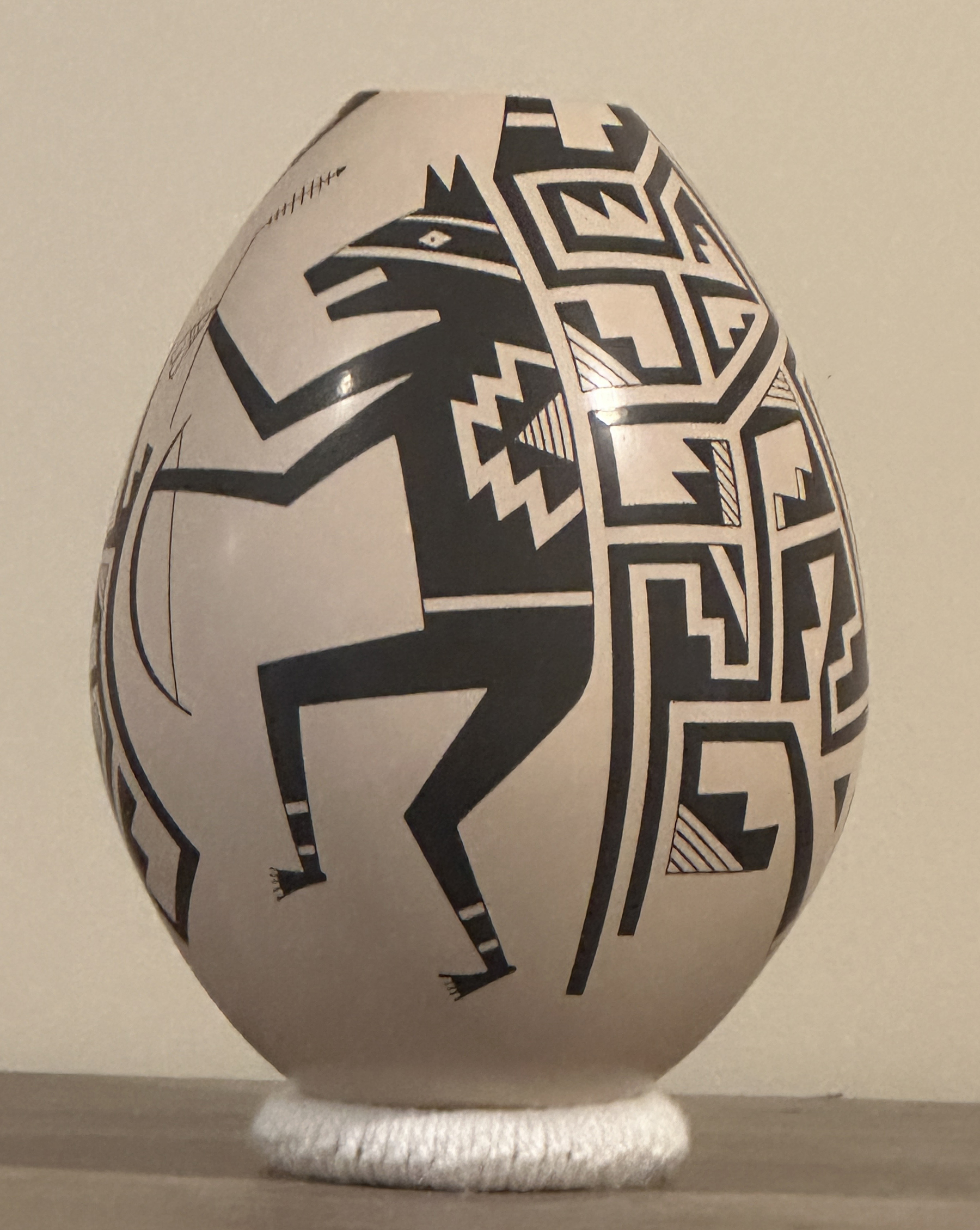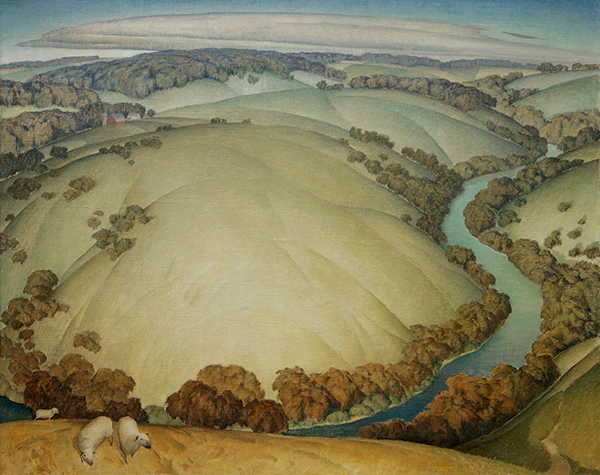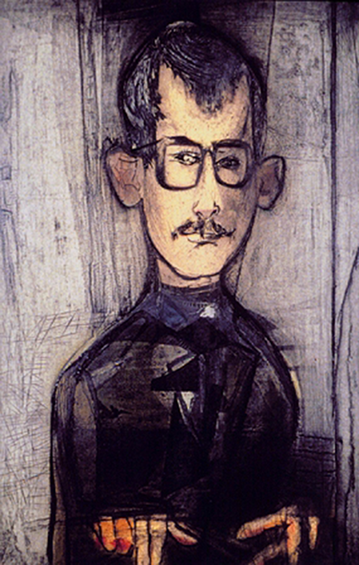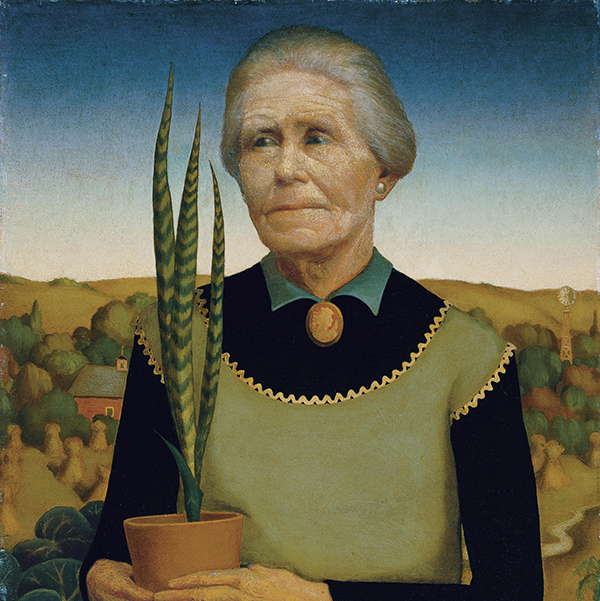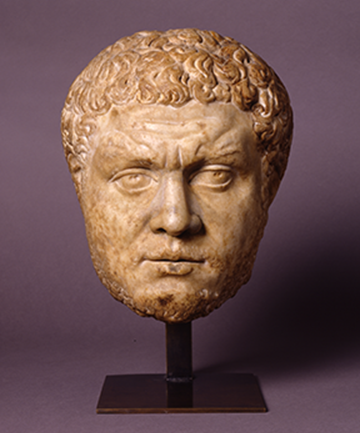Carl Van Vechten: Man About Town
February 5, 2022-May 15, 2022
Like many artists, Carl Van Vechten was a complex figure. Born into the prominent Van Vechten family in Cedar Rapids, he developed an interest in music and theater at an early age. He left Iowa in 1899 to attend the University of Chicago, where he explored art, music, and opera. When he moved to New York in 1906, he was hired as the assistant music critic at The New York Times and eventually became the first American critic of modern dance. He left his newspaper position in 1914 but continued to write, publishing several collections of essays relating to music and ballet. During the 1920s, Van Vechten became very interested in Black artists and writers. He wrote novels and essays about the sights and sounds of Harlem that capitalized on white readers’ fascination with Black cabarets and night life. In the early 1930s, after being introduced to the 35mm Leica camera, Van Vechten began to photograph his large circle of famous friends and acquaintances, including such subjects as F. Scott Fitzgerald, Langston Hughes, Alfred A. Knopf, Bessie Smith, and Gertrude Stein, usually bust- or half-length, posed in front of backdrops. Van Vechten remained active, writing and photographing, until his death in 1964.
This exhibition and accompanying educational programming have been made possible by the McIntyre Foundation, and by the CRST International Donor-Advised Fund and the Diamond V Corporate Fund of the Greater Cedar Rapids Community Foundation.
Additional annual support has been provided by the Iowa Arts Council, a division of the Iowa Department of Cultural Affairs and the National Endowment for the Arts, the Program Support Grant Fund of the Greater Cedar Rapids Community Foundation, members of the Cedar Rapids Museum of Art, and contributors to the Museum’s Annual Fund. Annual educational programming has been supported in part by Transamerica.
